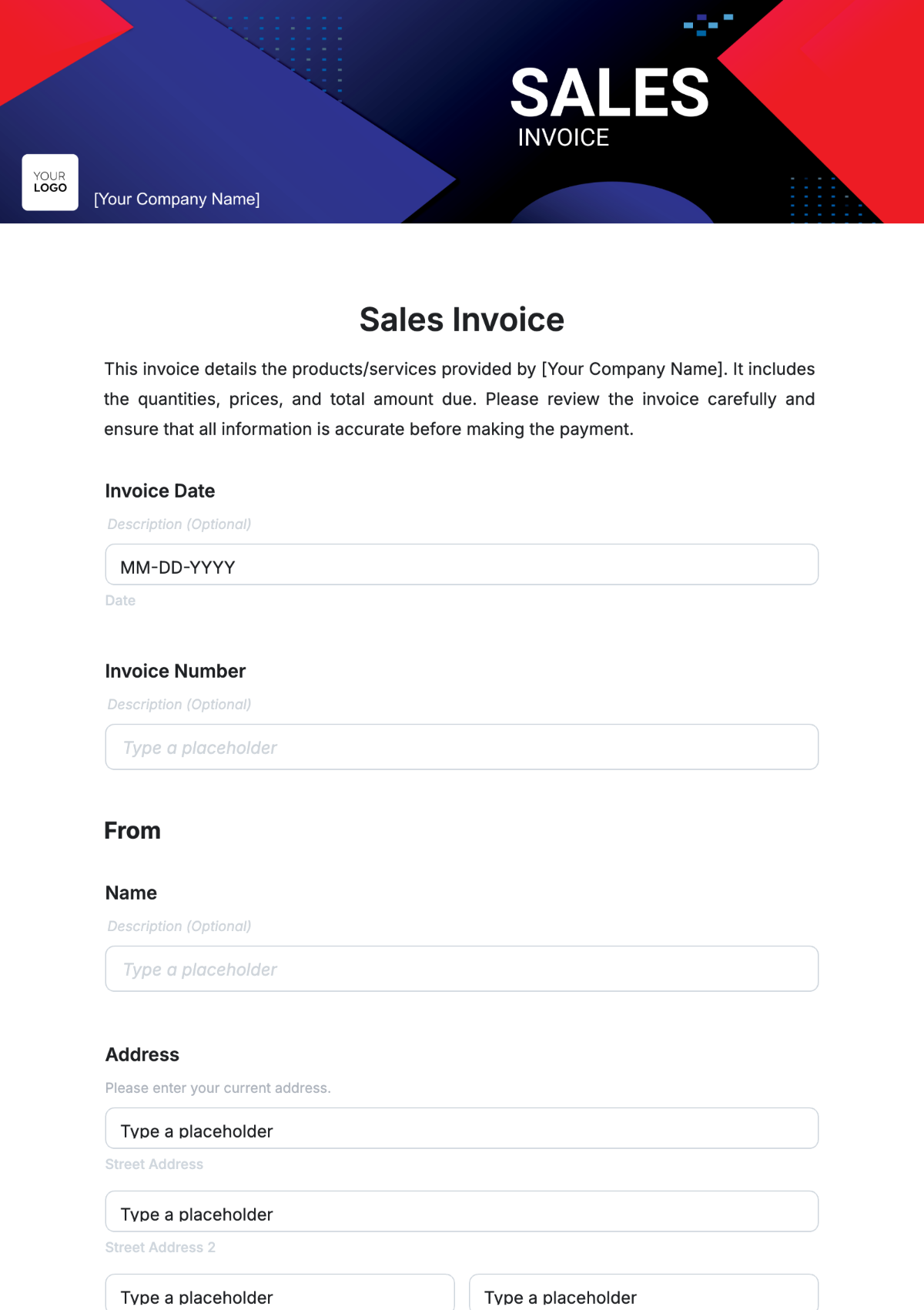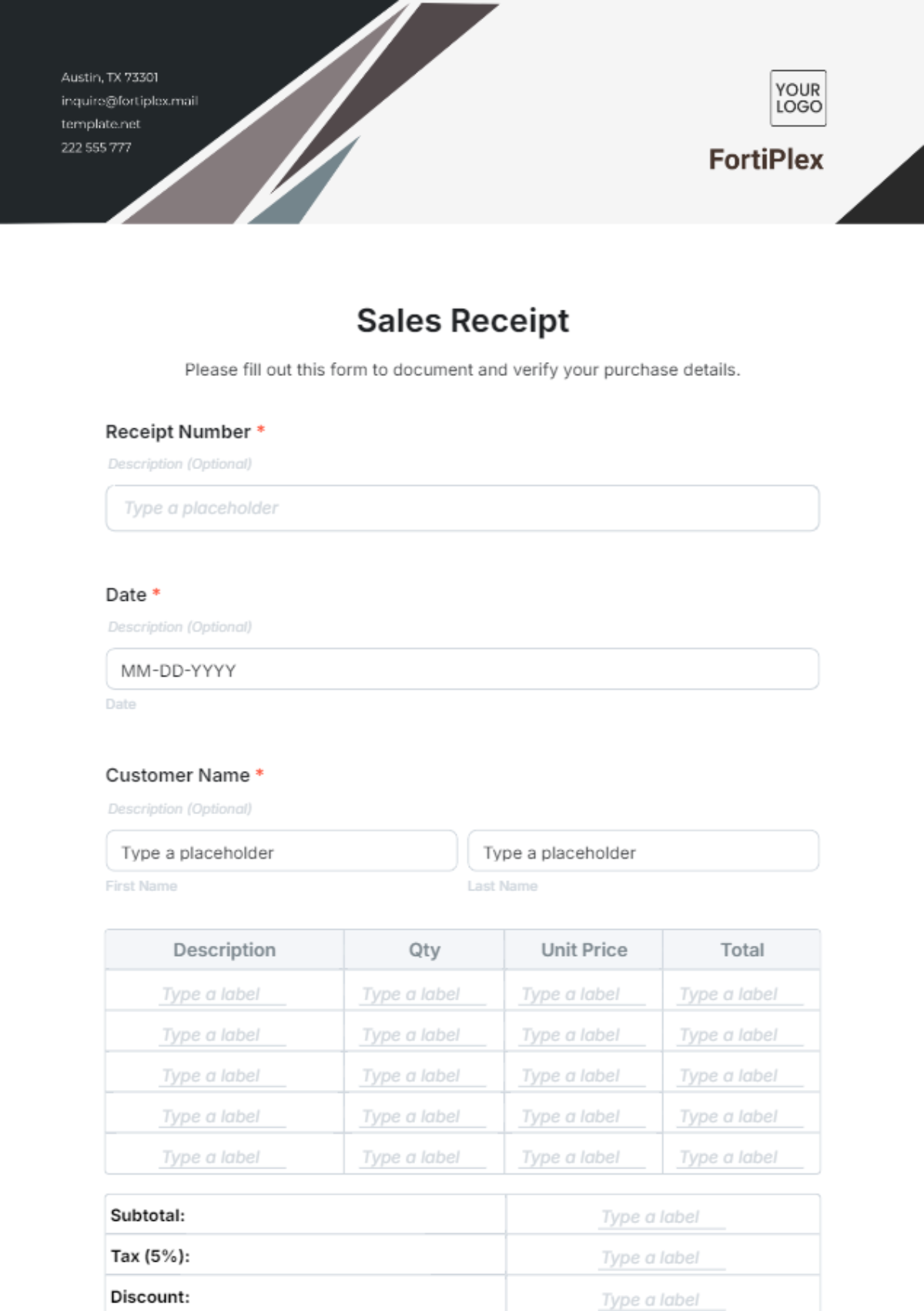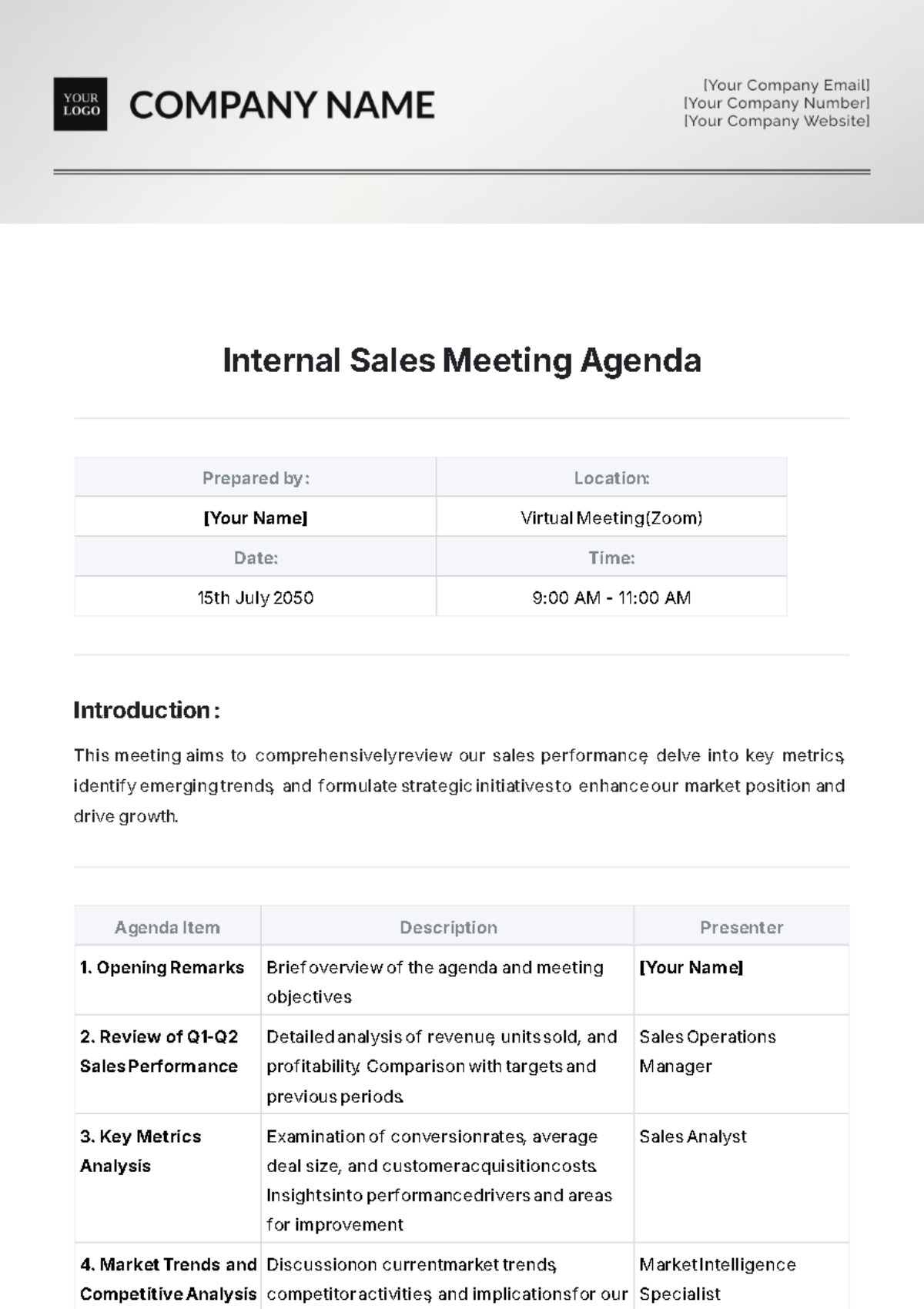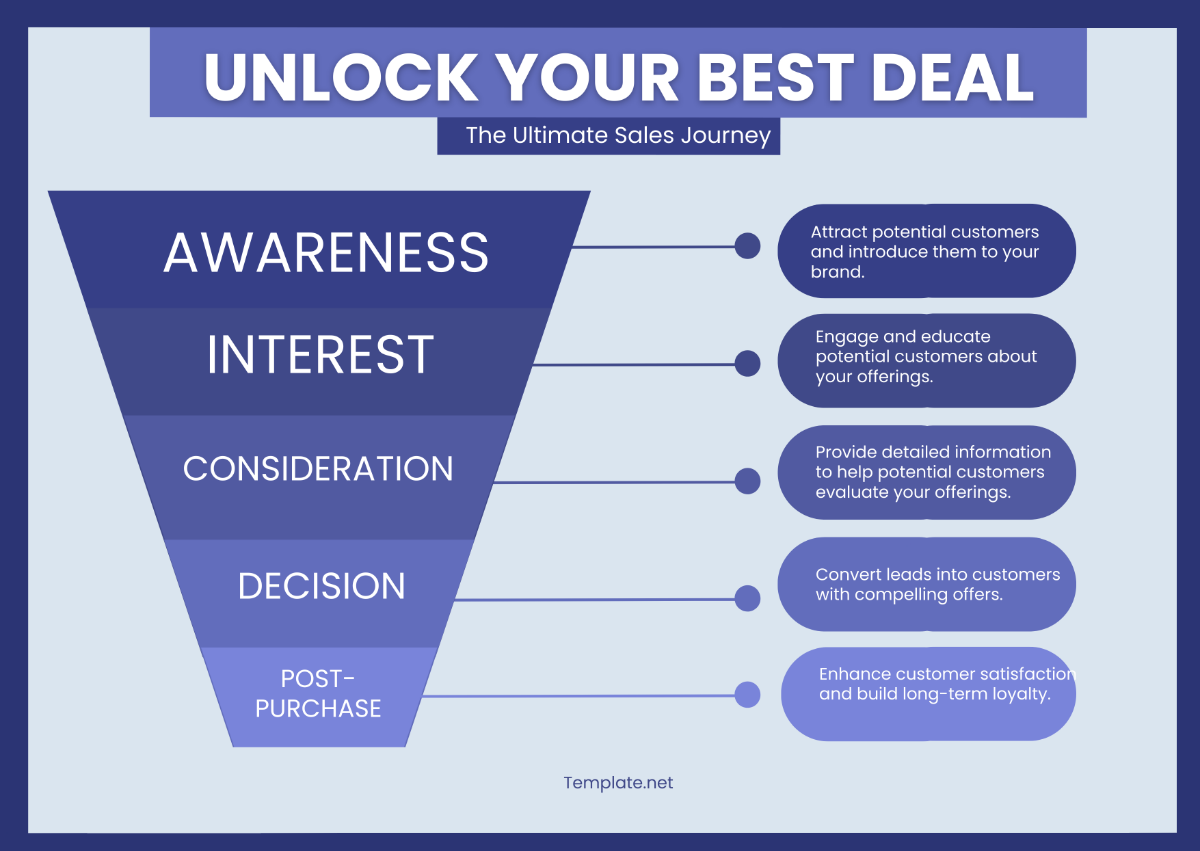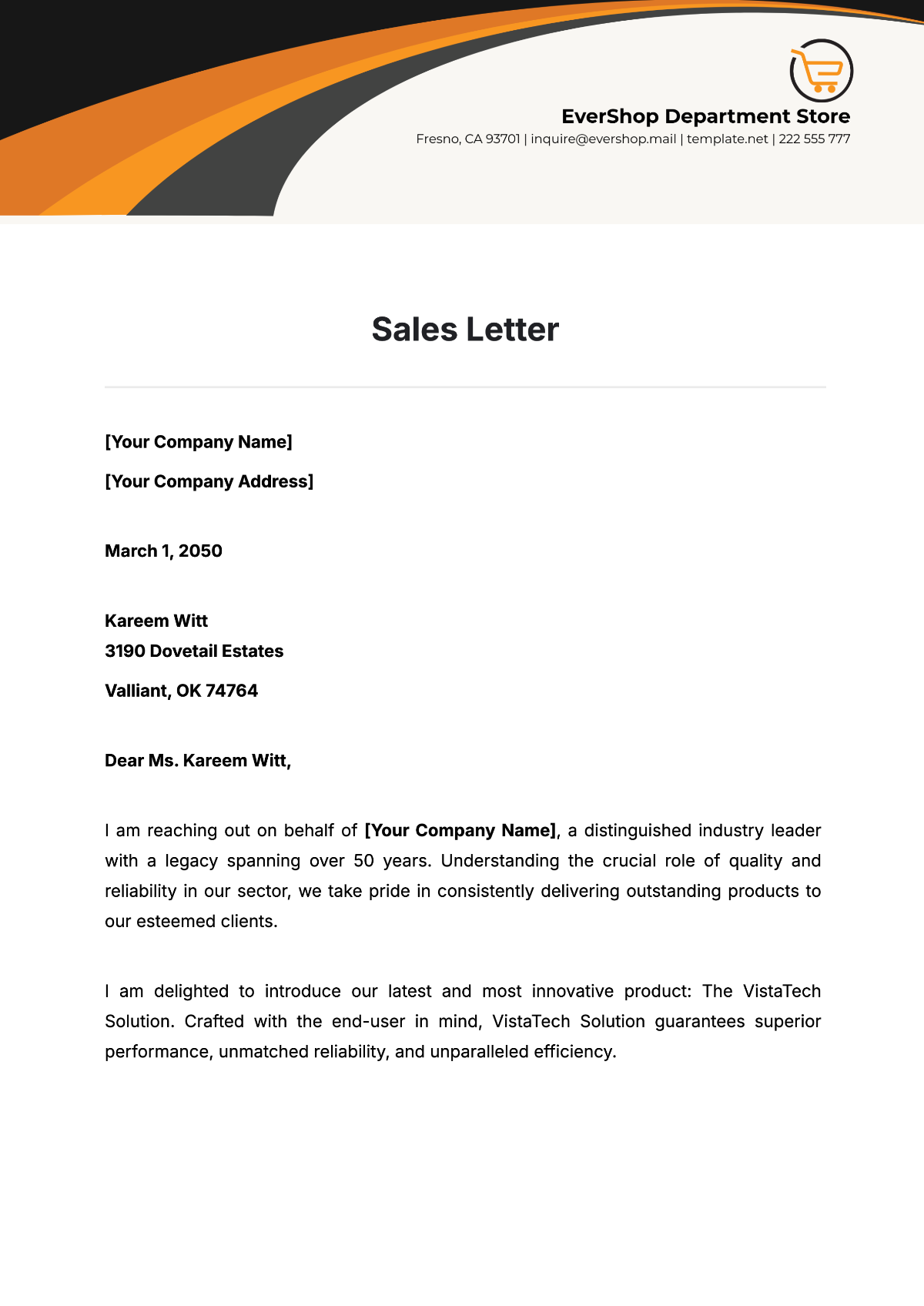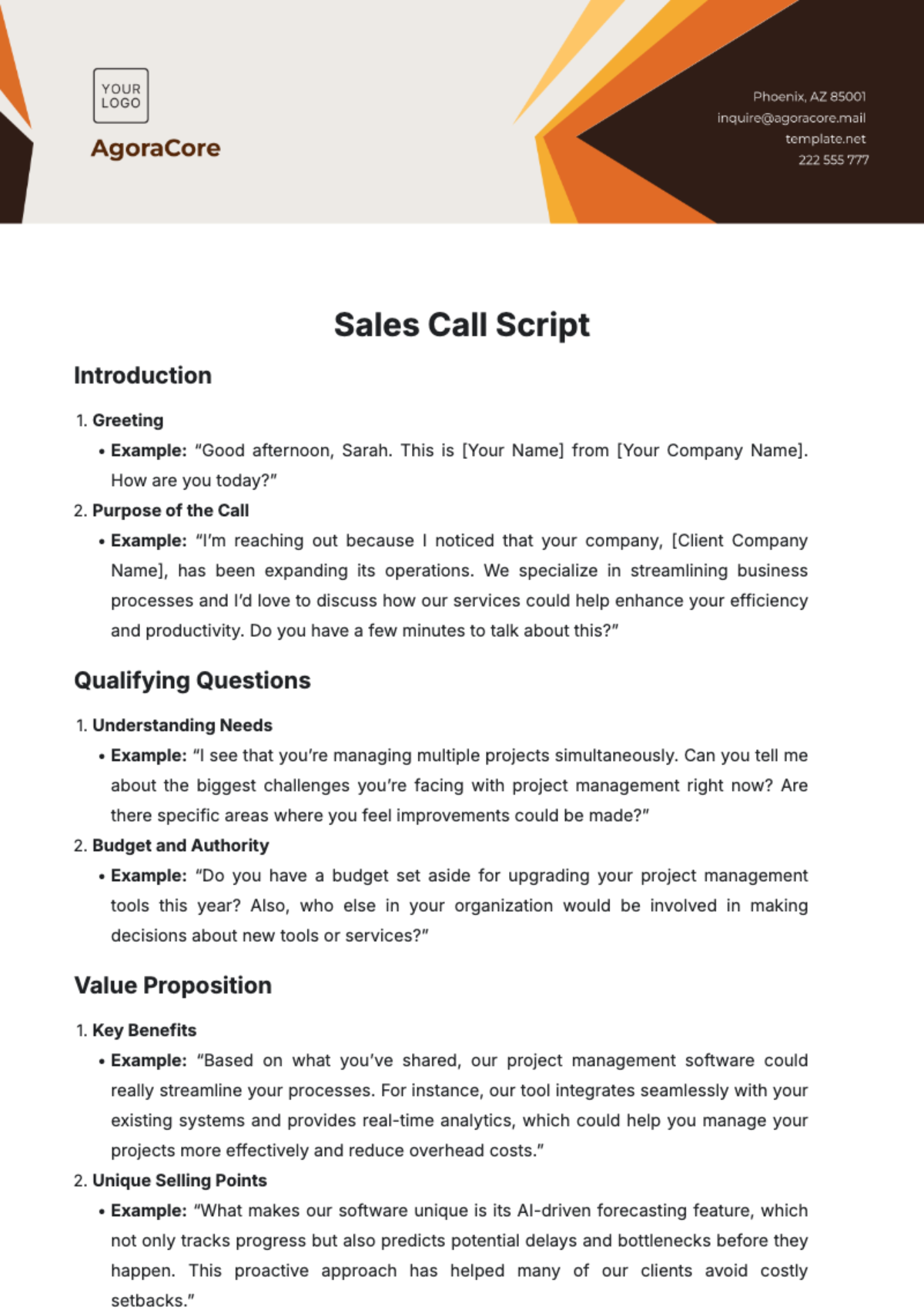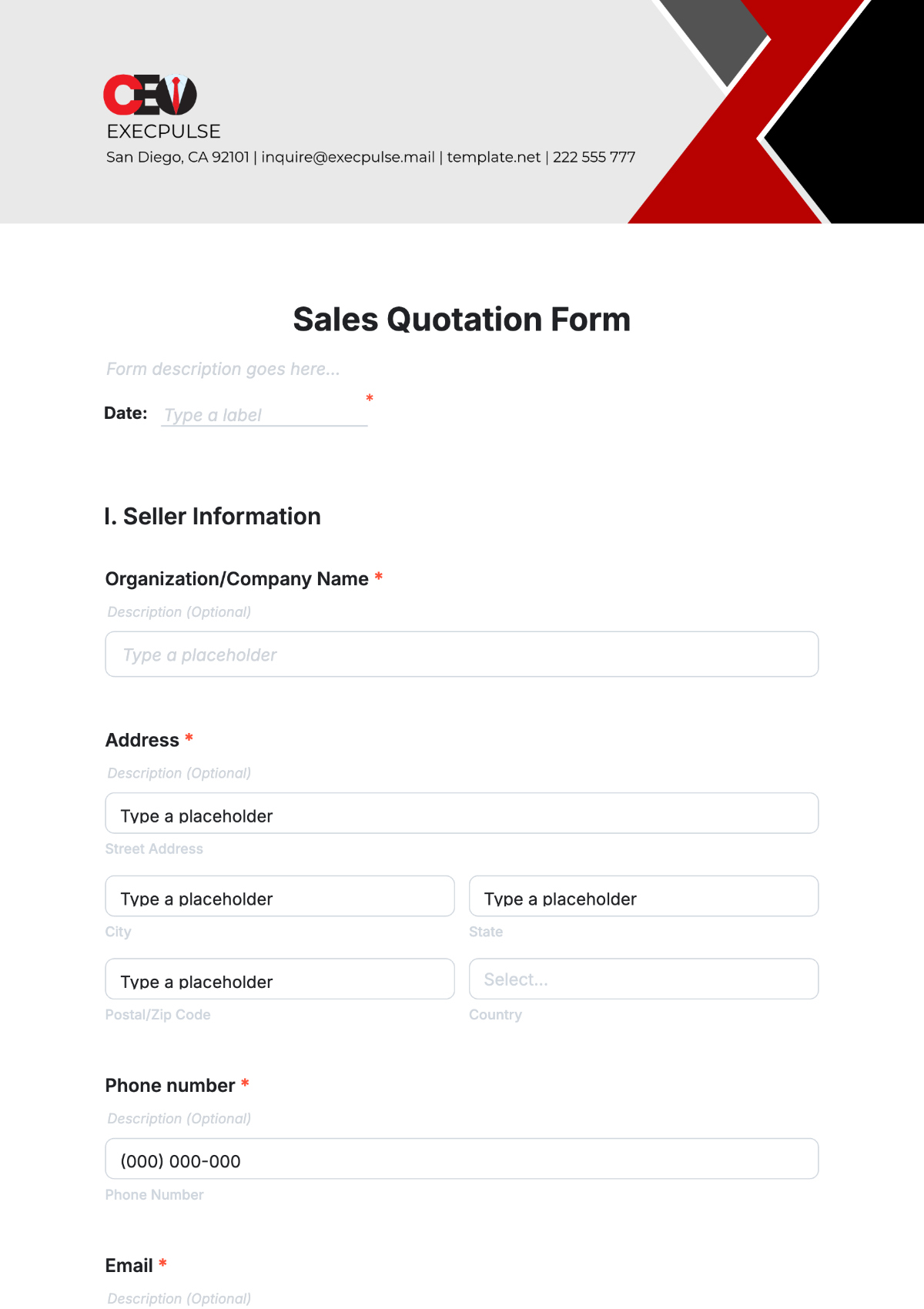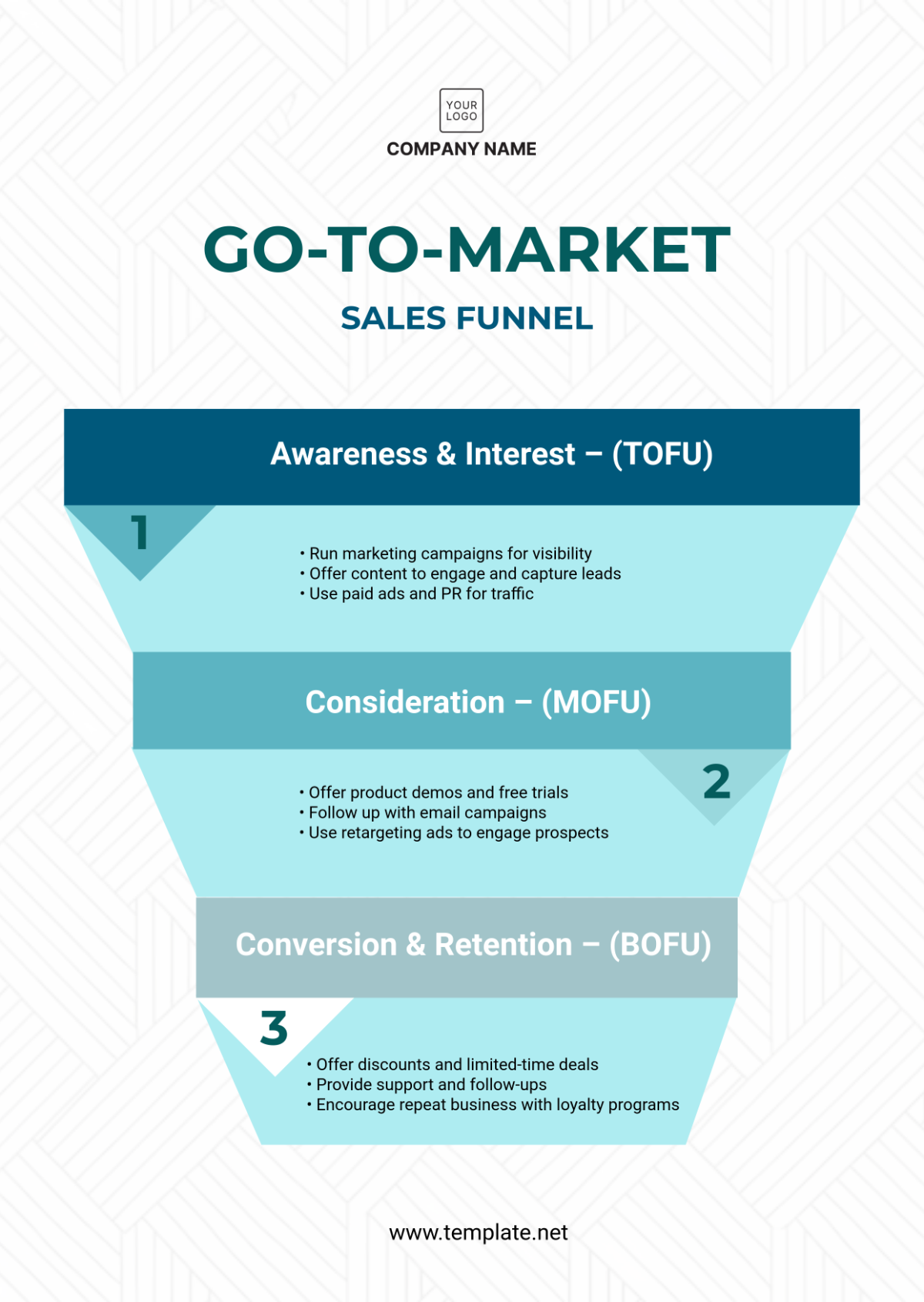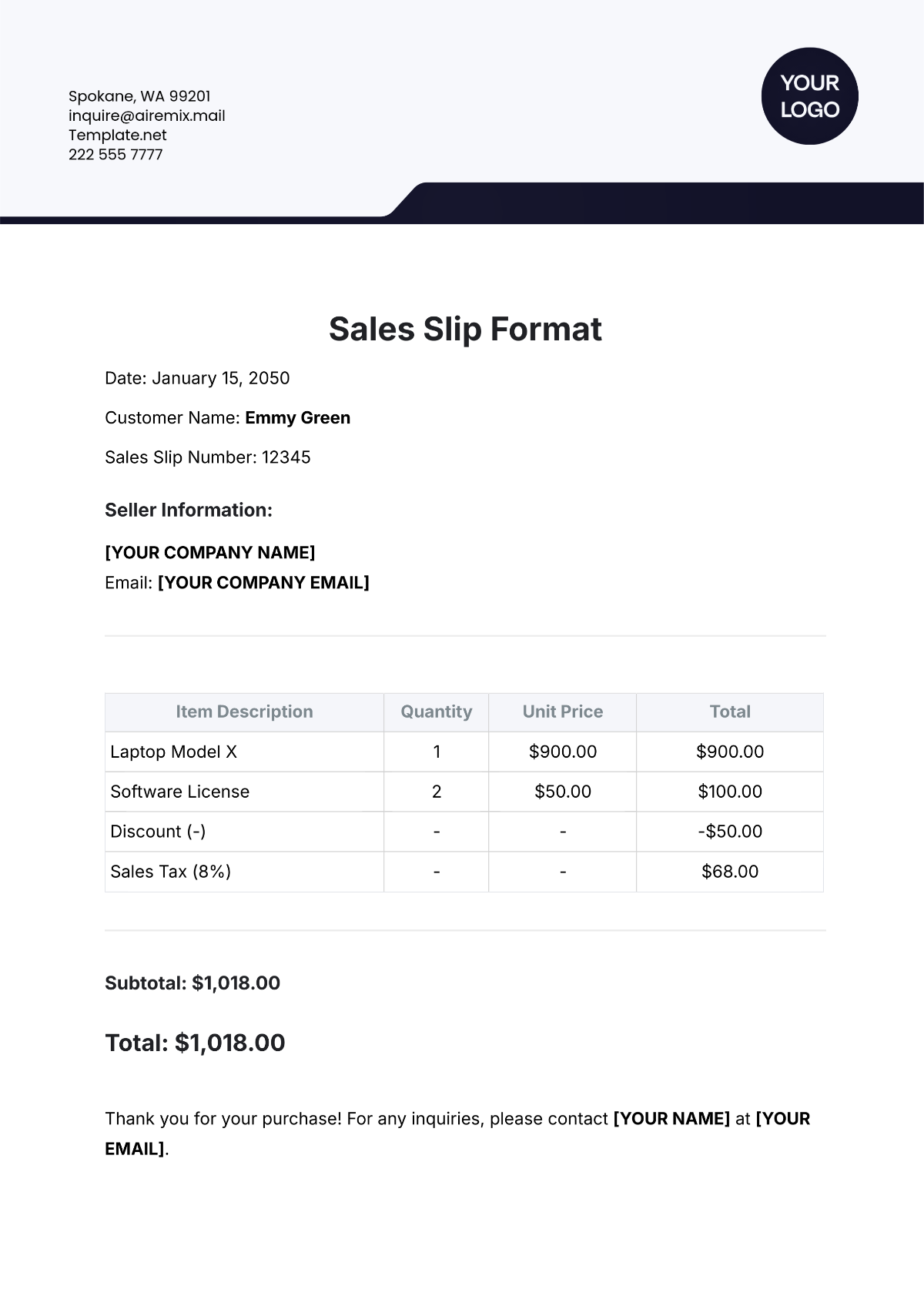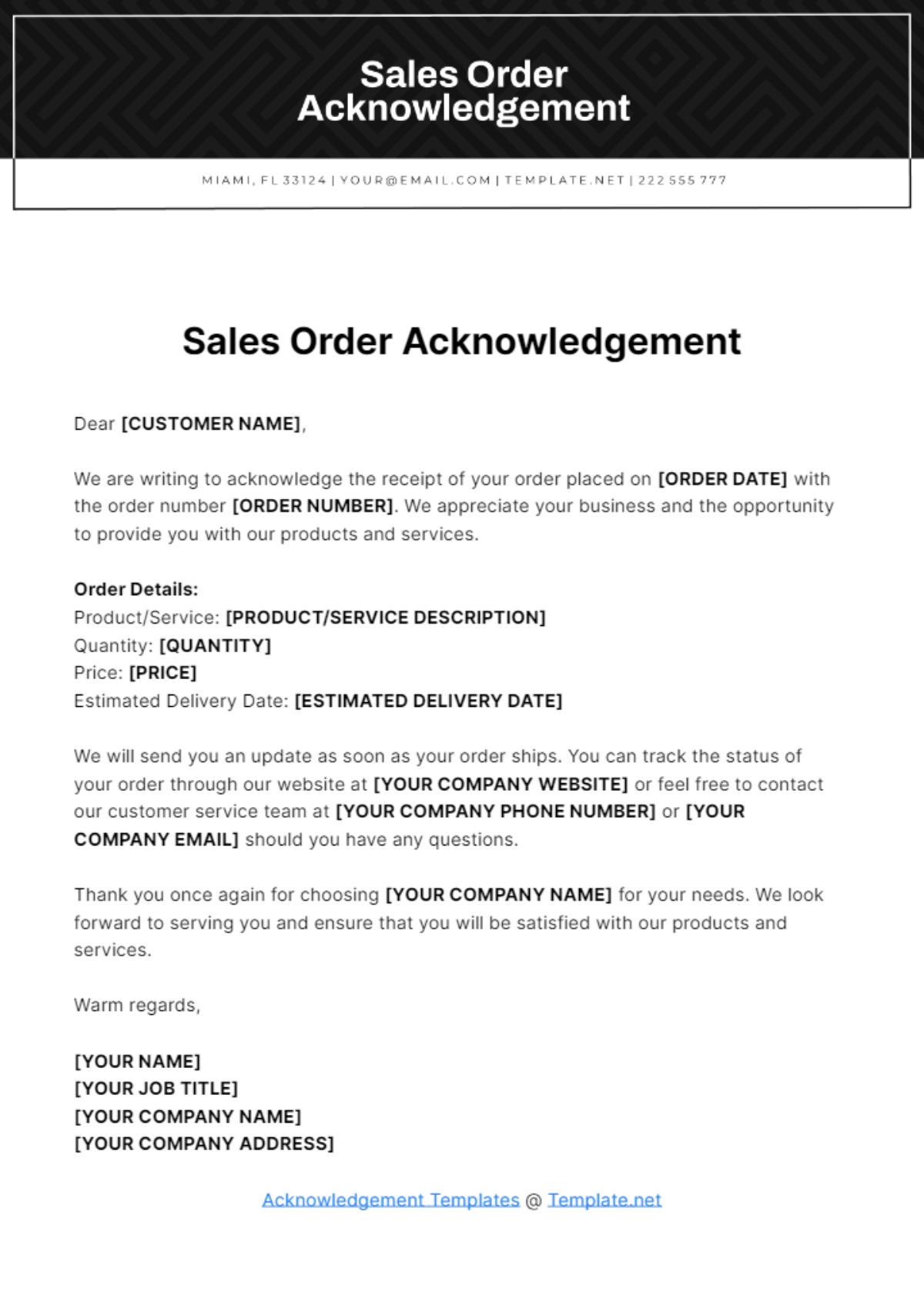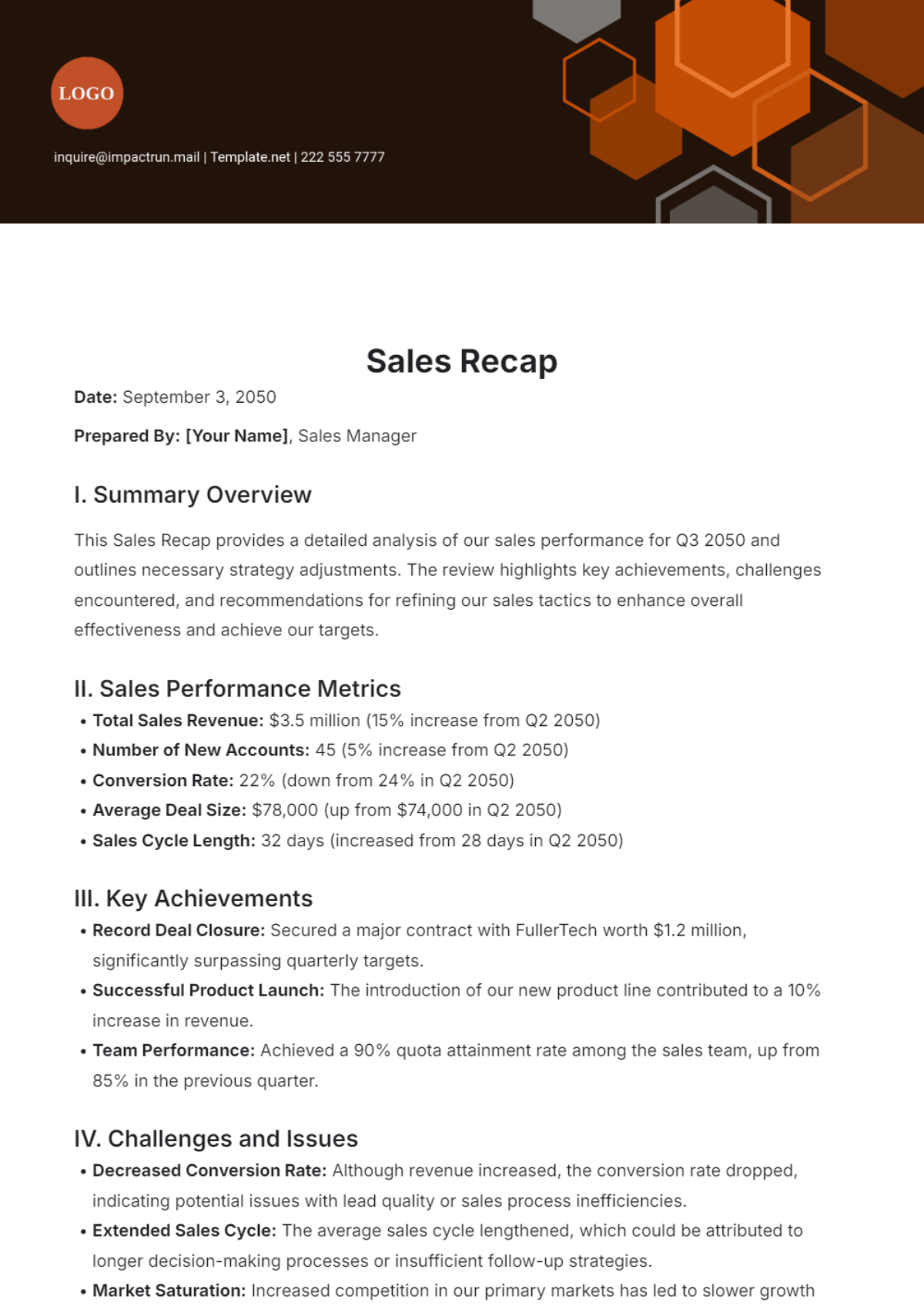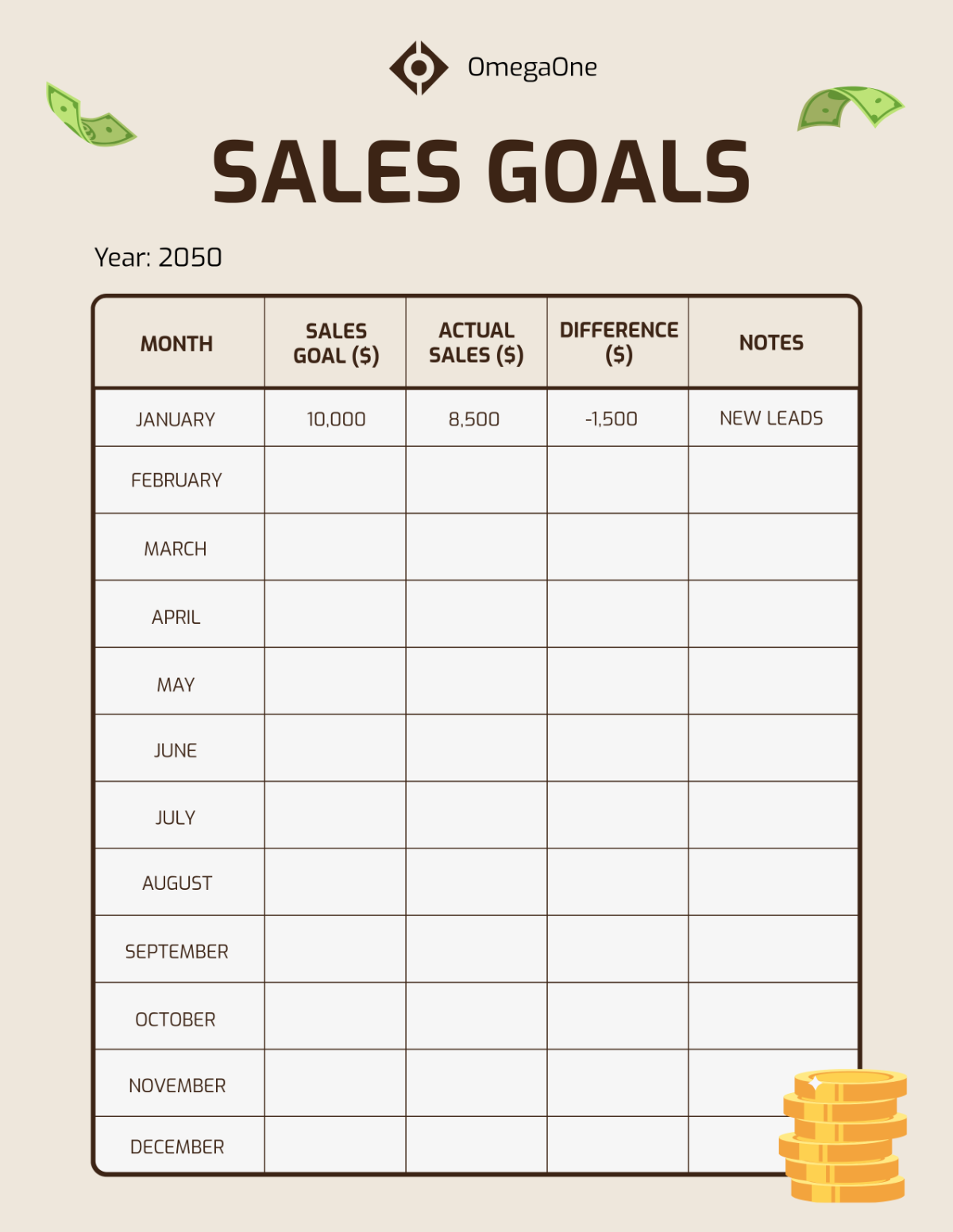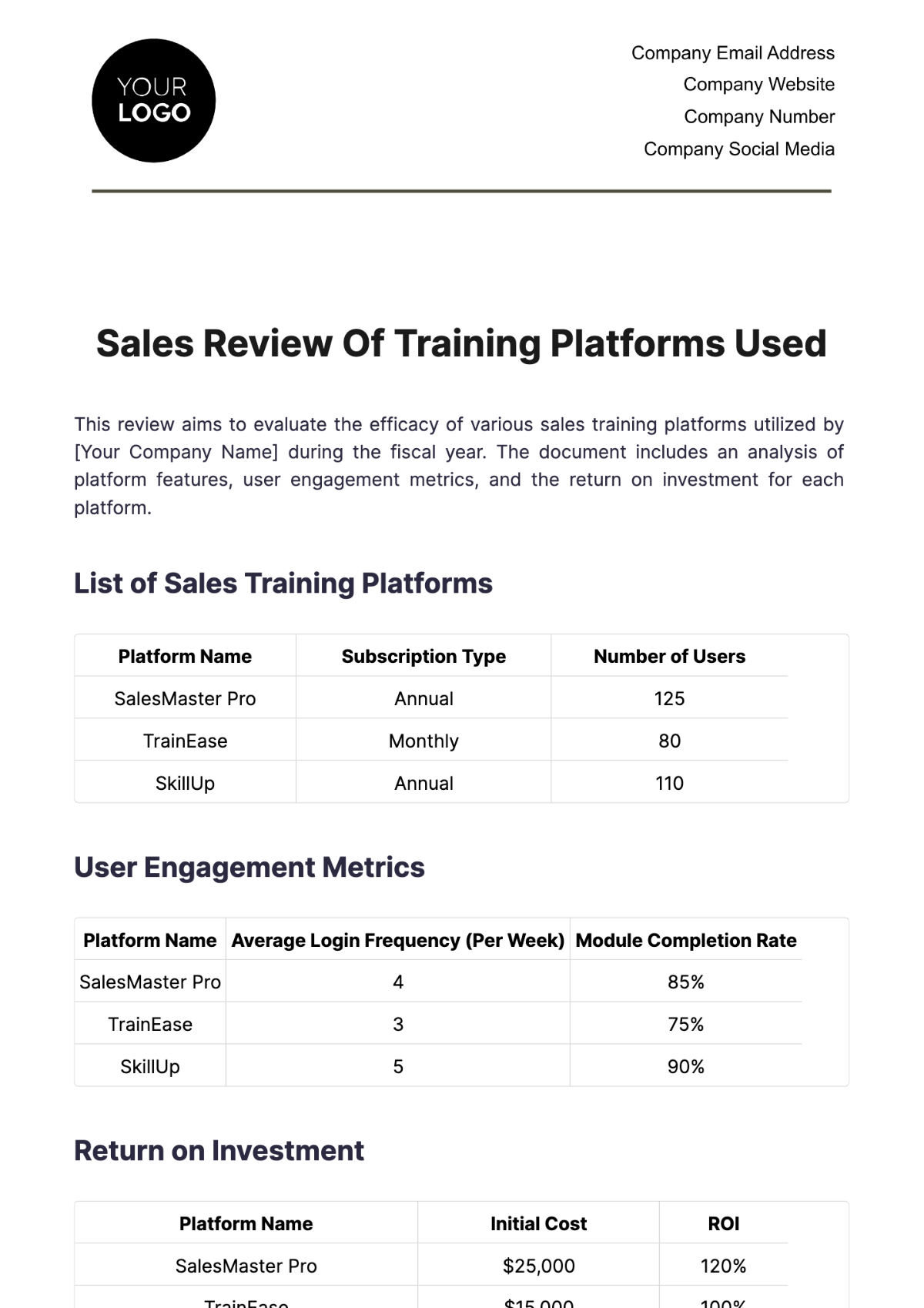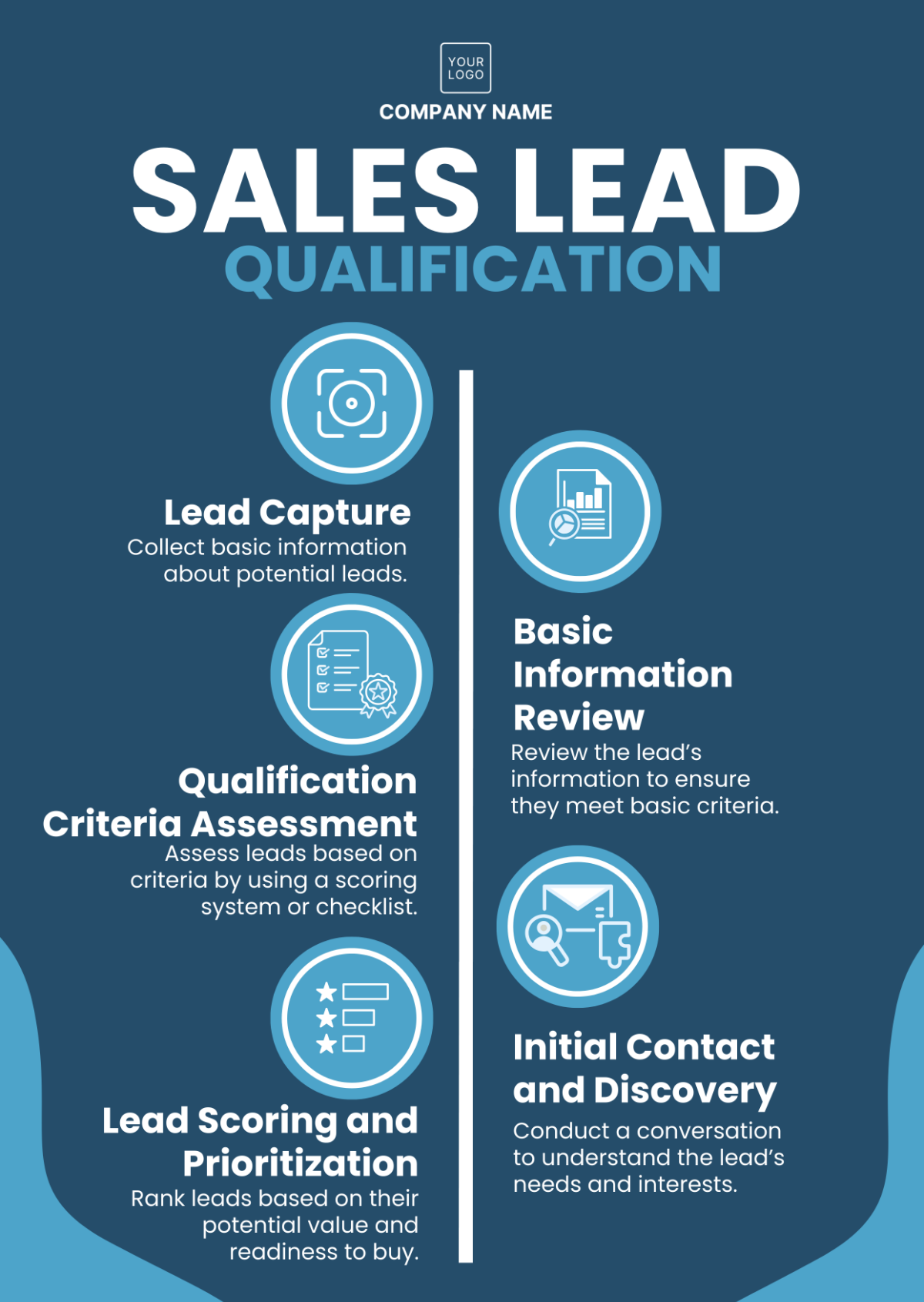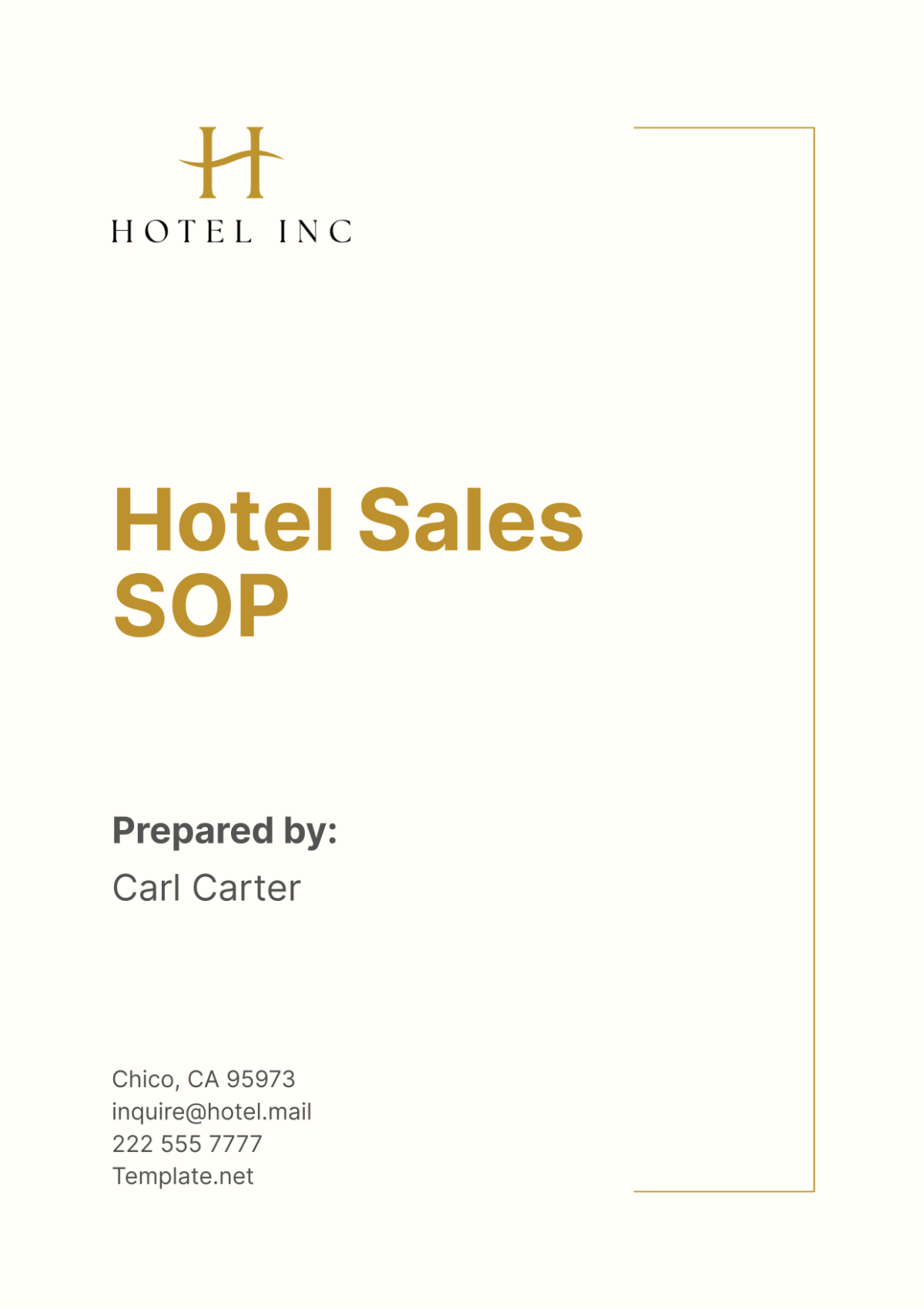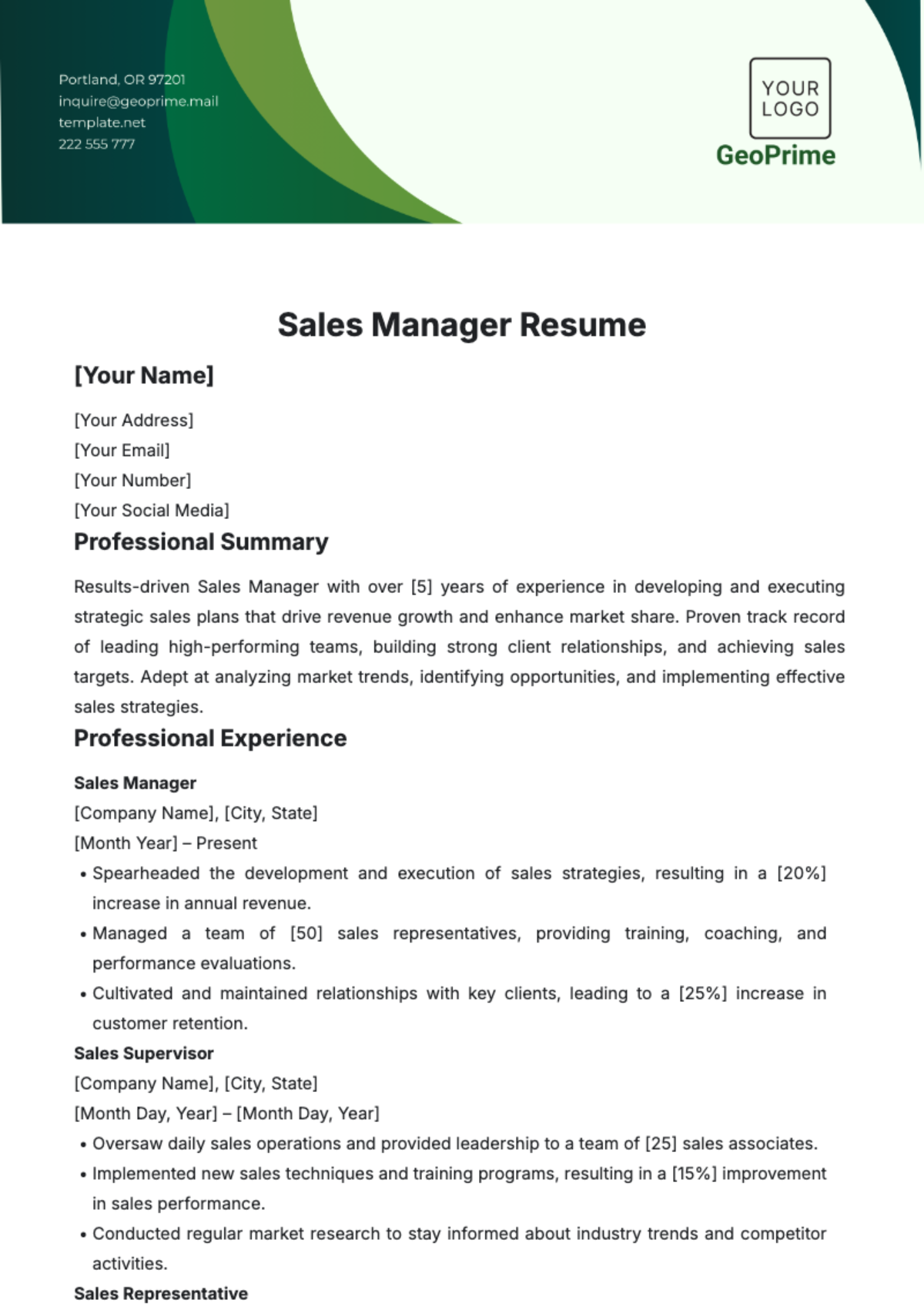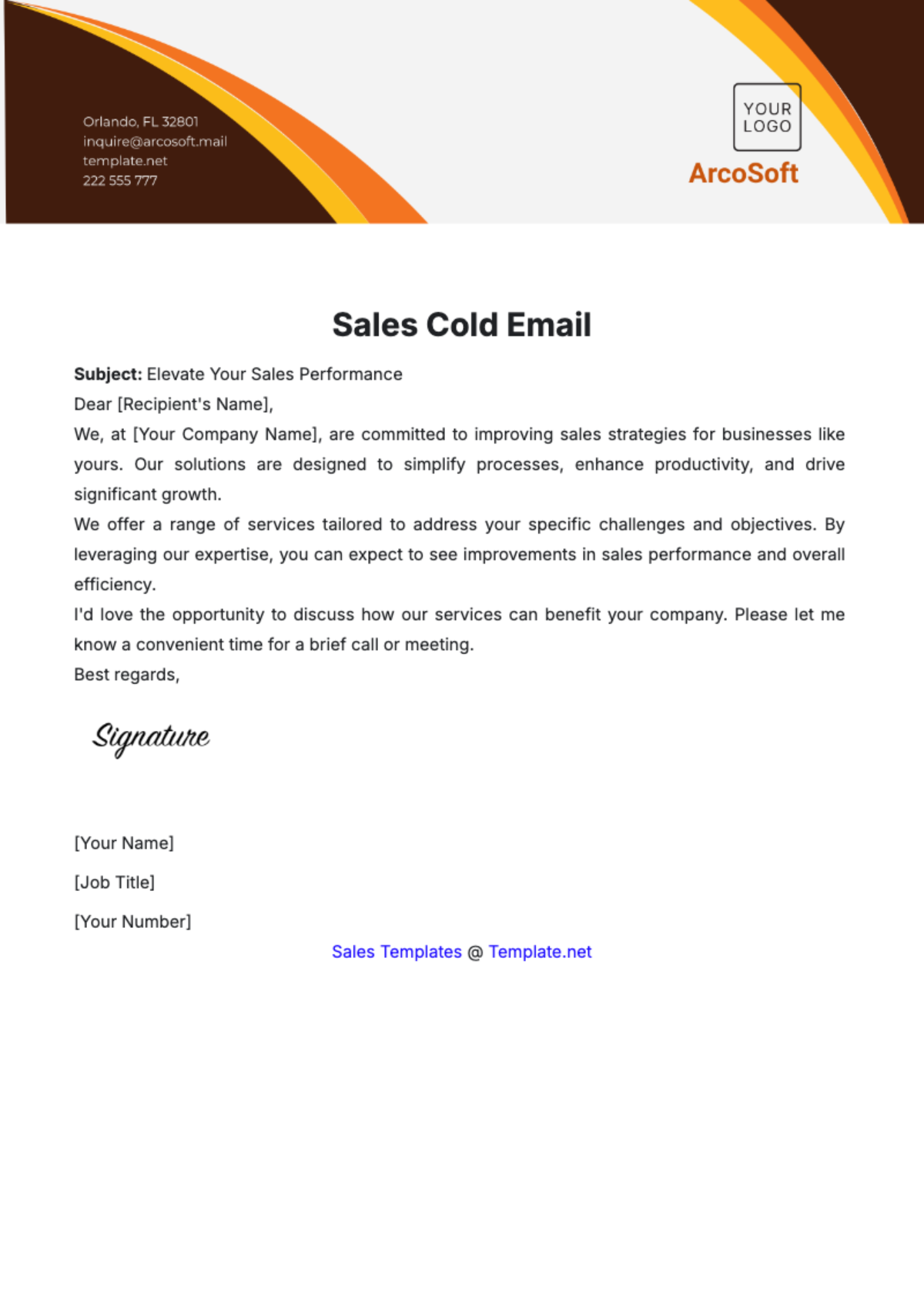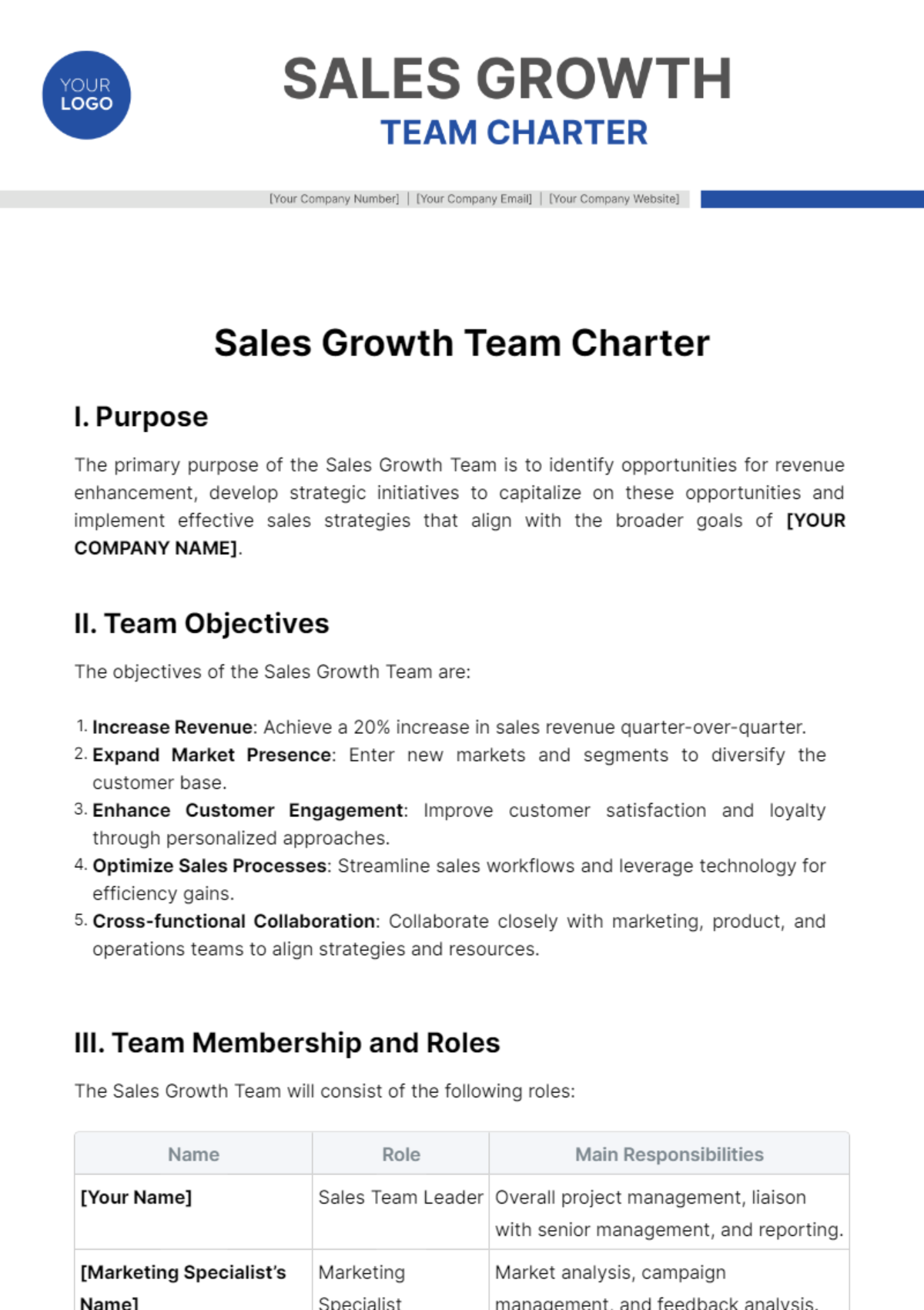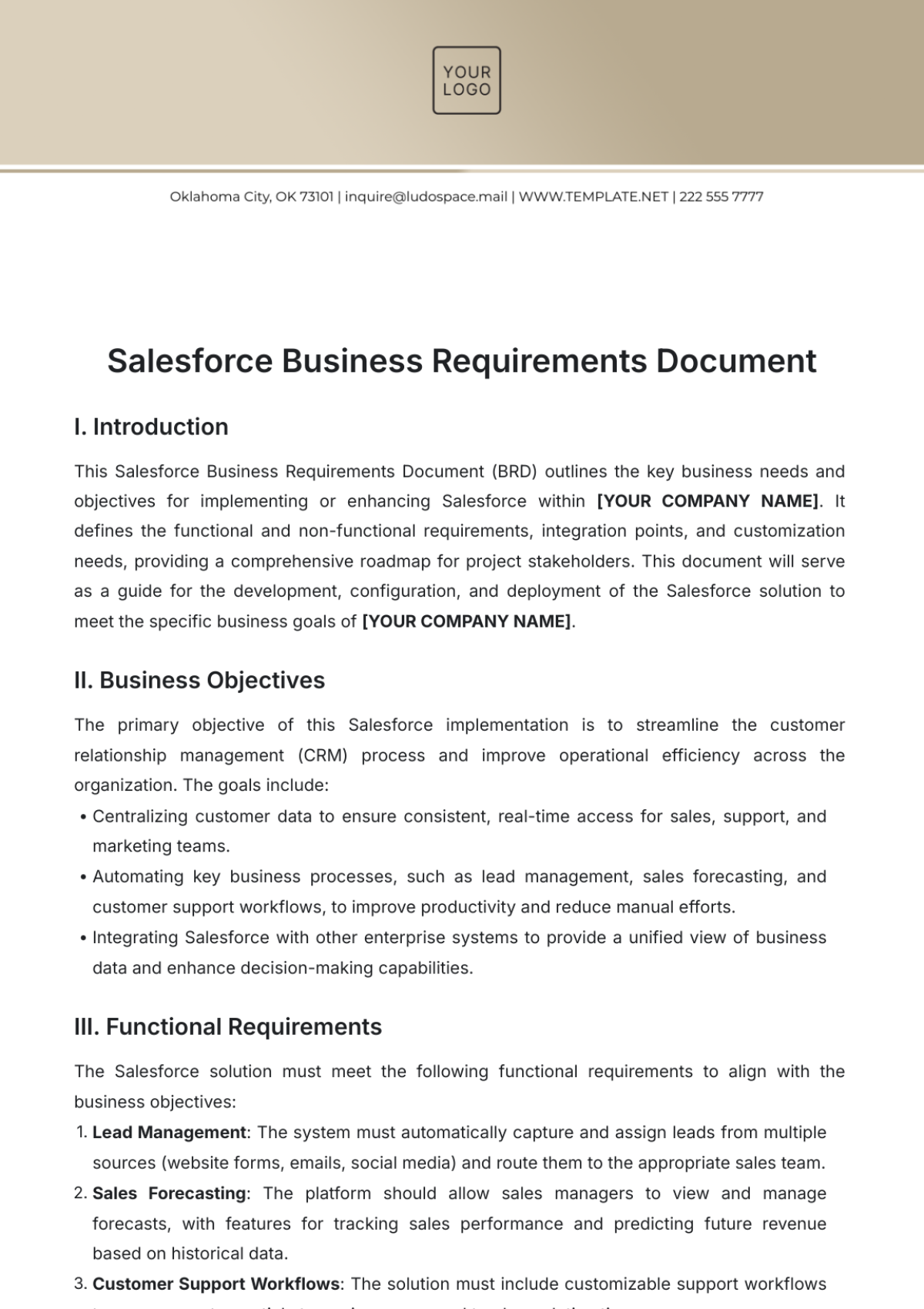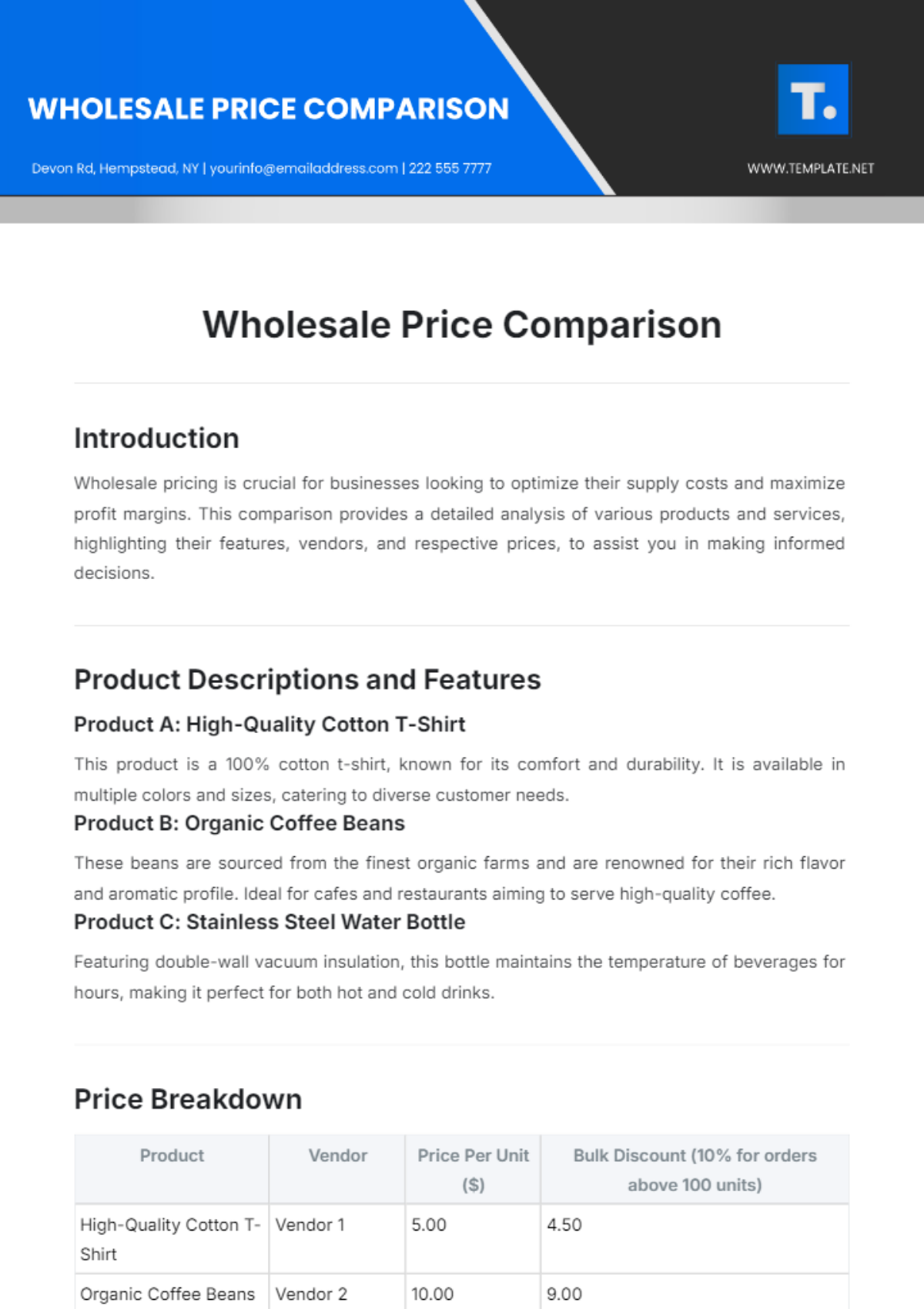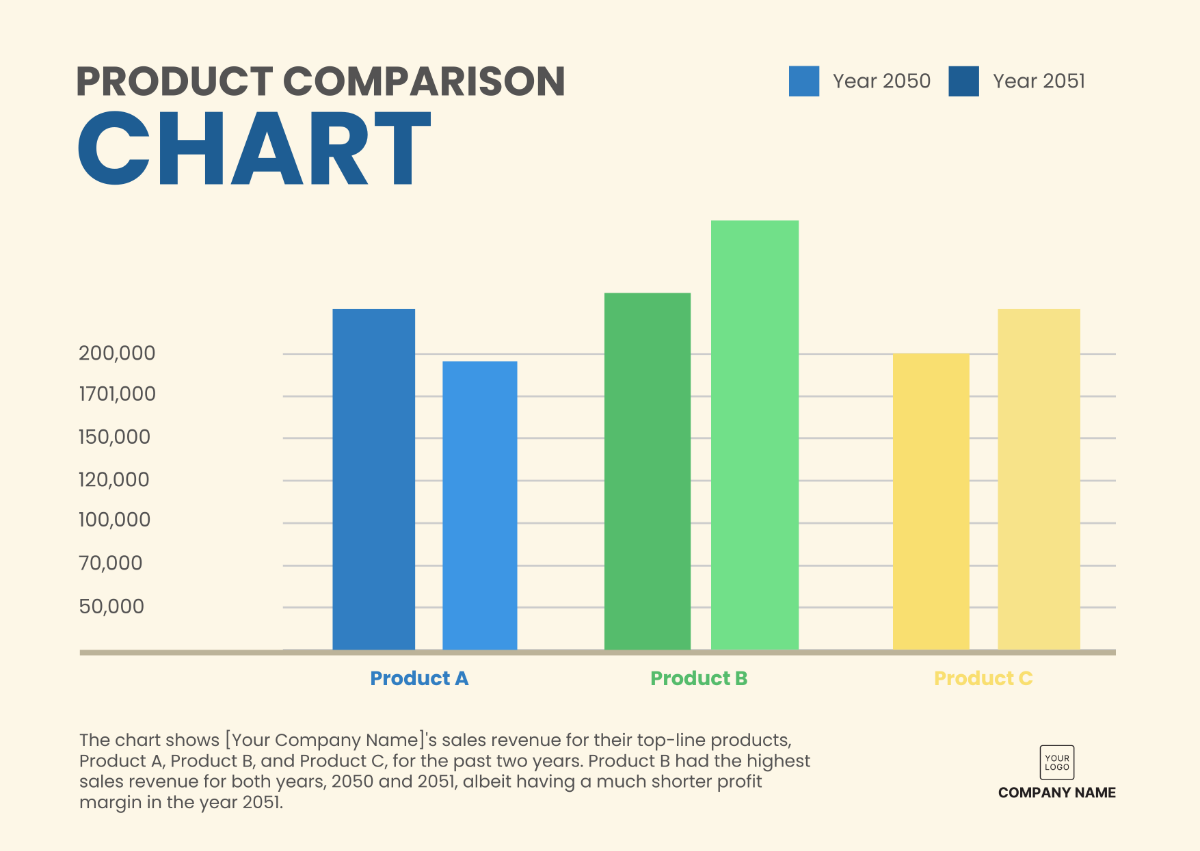Sale In-Depth Study Of Client Touchpoint
Introduction
The role of client touchpoints in determining the overall customer experience is an increasingly critical area of focus in today's competitive business landscape. Excelling in managing these numerous points of interaction represents not just a pathway to elevated customer satisfaction, but also a strategic lever for sustainable growth and profitability. The objective of this analysis is twofold: to offer a current state assessment of [Your Company Name]'s client touchpoint performance and to furnish actionable recommendations grounded in data and customer sentiment.
Executive Summary
The following report provides an in-depth examination of client touchpoints at [Your Company Name] with a keen focus on deriving actionable intelligence for business optimization. Through meticulous investigation of each client interaction stage—pre-purchase, purchase, and post-purchase. Employing quantitative and qualitative analyses, we present a multi-dimensional view of the customer journey, culminating in a set of strategic recommendations aimed at amplifying customer engagement, bolstering brand perception, and ultimately increasing revenue.
Methodology
The methodology for this study employs a robust, multi-faceted approach designed to provide a comprehensive and nuanced understanding of client touch points within the company. Utilizing a mixed-method research framework, the study incorporates both quantitative and qualitative research methods to capture a 360-degree view of the customer journey.
Data Collection
Customer Surveys: Custom-designed surveys were distributed to a stratified sample of 1,000 customers. These surveys were aimed at understanding customer preferences, perceptions, and pain points in interacting with the company.
In-Depth Interviews: Qualitative interviews were conducted with [00] key customers to delve deeper into specific experiences and gather rich insights that are not easily captured through surveys alone.
Transaction and Interaction Histories: Transactional data was pulled from the company's internal databases to analyze customer behaviors during various touchpoints.
Data Analysis
Descriptive Statistics: Fundamental metrics such as means, standard deviations, and ranges were calculated to offer an introductory overview of the data landscape. This serves as the foundation upon which more advanced analyses are built.
Comparative Analysis: This involves a two-tier approach: internally, key performance indicators (KPIs) were measured over time to note any trends or anomalies; externally, these KPIs were juxtaposed against industry benchmarks to evaluate the company's competitive stance.
Thematic Coding: In-depth interviews were subjected to rigorous thematic coding. This involved the segmentation of interview responses into discrete themes, which were then analyzed for recurrent patterns and unique insights. The aim was to enrich the quantitative data with qualitative context, thereby painting a more complete picture of the customer experience.
Correlation and Regression Analyses: Employing advanced statistical techniques, this part of the analysis sought to identify and validate any relationships between variables. For instance, how does website engagement correlate with in-store purchases? Or how do customer service interactions affect long-term customer value?
Evaluation Metrics
Customer Satisfaction Score (CSAT): Deployed immediately after key touchpoints, CSAT surveys were designed to gauge customer sentiments in real time. The aggregated scores provide insights into the general level of customer satisfaction across different stages of the customer journey.
Net Promoter Score (NPS): As a metric for long-term customer satisfaction and loyalty, NPS surveys were administered quarterly. This metric is particularly useful in assessing the overall health of customer relationships and the likelihood of positive referrals, critical components for business growth.
Customer Lifetime Value (CLV): This key financial metric was calculated using transactional data to assess the total value a customer brings to the business over an extended period. CLV data was cross-referenced with other metrics to explore how different touchpoints contribute to long-term customer profitability.
Ethical Considerations
All personal data was anonymized and aggregated to ensure customer privacy. The study was conducted in compliance with applicable laws and ethical guidelines, and informed consent was obtained from all participants.
Types of Client Touchpoints
The identification and classification of client touchpoints form the crux of understanding the customer journey, providing the necessary context within which specific analyses and evaluations are made. Client touch points have been meticulously categorized into three main segments: Pre-Purchase, Purchase, and Post-Purchase. Each of these categories encompasses distinct types of interactions that a customer has with the brand, and each offers unique opportunities and challenges.
Pre-Purchase Touchpoints: This segment forms the initial phase of customer engagement and is critical for creating a lasting first impression.
Website: Often the first point of interaction, the website serves multiple purposes including brand introduction, product showcasing, and initial customer conversion.
Social Media: Platforms like Facebook, Instagram, and Twitter are used for brand awareness and community building. They also provide an avenue for potential customers to observe brand interactions and product updates.
Advertising: This encompasses both online and offline advertising channels, such as Google Ads, billboards, and magazine placements.
Pre-Purchase Touchpoint Metrics:
Touchpoint
Average Monthly Engagement
Conversion Rate
Website
10,000
5%
Purchase Touchpoints: This is the stage where potential leads are converted into customers, and it's crucial for revenue generation.
In-Store: The physical retail environment where customers interact with products and sales staff directly.
Online Store: This provides an avenue for customers to make purchases digitally, either through a web interface or a mobile application.
Purchase Touchpoint Metrics:
Touchpoint
Average Monthly Transactions
Average Transaction Value
In-Store
15,000
$50
Post-Purchase Touchpoints: The interactions in this phase contribute to customer retention and can significantly influence long-term customer value.
Customer Service: This includes both proactive and reactive services like support helplines, email support, and in-app chat services.
Reviews and Feedback: This involves the collection and analysis of customer reviews and feedback through various channels, including social media and specialized review sites.
Touchpoint
Average Monthly Transactions
Customer Satisfaction Score (Over 5)
Customer Service
2,000
3.5
By understanding these various touchpoints and their respective metrics, [Your Company Name] can strategically allocate resources and prioritize efforts to maximize customer engagement, enhance experience, and increase lifetime value.
Analysis of Touchpoints
The analysis of client touch points within the company provides a comprehensive view into the efficacy of each point of interaction, evaluated both individually and in the broader context of the customer journey. Leveraging a combination of quantitative metrics and qualitative insights, this section aims to provide an in-depth understanding of performance, potential bottlenecks, and areas for improvement.
Pre-Purchase Touchpoints:
Website: With an average monthly engagement of [000,000] and a conversion rate of [0]%, the website serves as a significant entry point for prospective customers. However, compared to industry standards, which see an average conversion rate of [0]%, there is room for improvement.
Social Media: Despite lower conversion rates ([0]%), the value of social media touchpoints lies in community building and brand awareness, which are less directly quantifiable but crucial for long-term customer relationships.
Advertising: Although data on average monthly engagement is not readily available for advertising, its conversion rate of [0]% suggests a need for revisiting the targeting strategies.
Purchase Touchpoints:
In-Store: With [00,000] average monthly transactions and an average transaction value of $[00], the in-store experience is essential for revenue. However, the analysis reveals a slight decline in foot traffic, raising concerns about long-term sustainability.
Online Store: Hosting [00,000] average monthly transactions and an average transaction value of $[00], the online store is proving to be an increasingly important revenue stream, but it also shows higher cart abandonment rates.
Post-Purchase Touchpoints:
Customer Service: With an average monthly interaction count of [0,000] and a customer satisfaction score of [0]/5, this touchpoint plays a pivotal role in customer retention but requires improvement in resolution time.
Reviews and Feedback: With an average satisfaction score of [0]/5 from 500 interactions per month, this touchpoint offers valuable insights into customer experiences and sentiment but lacks a formalized process for actionable implementation.
This detailed analysis illustrates the interconnected nature of various touchpoints and the compounded impact they have on customer experience and business outcomes. By addressing the identified areas for improvement, the company has the opportunity to refine its approach to client interactions, thereby enhancing customer satisfaction and maximizing business performance.
Recommendations
Based on the comprehensive analysis of client touchpoints, this section outlines targeted recommendations for [Your Company Name] to optimize customer interactions across each stage of the customer journey. These recommendations aim to mitigate identified weaknesses, capitalize on strengths, and overall improve customer engagement and satisfaction.
Implementing A/B Testing: A/B testing is an essential approach for optimizing the efficiency of online conversions. By systematically comparing different versions of landing pages and call-to-action buttons, the company can ascertain which elements are most effective at encouraging user actions.
Expected Impact: A data-driven approach will help increase the website's conversion rate to meet or even exceed the industry standard of 8%.
Engage in Influencer Partnerships: Influencer marketing extends beyond simple endorsements. Partnering with influencers who align with the brand's ethos can create authentic engagements and reach niche markets. Through curated content and targeted messaging, influencer collaborations can amplify brand presence and trustworthiness.
Expected Impact: Enhanced brand awareness and community growth, leading to indirect revenue streams.
Enhance Targeting Algorithms: Modern advertising targeting is significantly enhanced with machine learning algorithms. These algorithms can analyze vast sets of data to determine which audience segments are most likely to engage with an ad, thereby optimizing the ad spend for maximum ROI.
Expected Impact: More efficient use of advertising budget leading to a higher ROI.
Introduce Loyalty Programs: Loyalty programs serve a dual purpose of rewarding repeat customers and gathering valuable data on purchasing behavior. These programs often employ a point-based system, giving customers a strong incentive to return and make additional purchases.
Expected Impact: Increase in foot traffic, enhanced customer retention, and potentially higher average transaction value.
Implement Cart Recovery Strategies: Cart abandonment is a ubiquitous issue in e-commerce. Techniques like retargeting ads, abandoned cart emails, and exit-intent pop-ups can serve to remind users of their incomplete transactions and motivate them to finalize their purchases.
Expected Impact: Reduction in cart abandonment rates and an increase in completed online transactions.
Invest in AI-based Support: AI-driven chatbots can handle a high volume of basic queries, thus freeing up human customer service representatives to focus on more complex and sensitive issues. This two-tier approach can significantly reduce the average resolution time per query.
Expected Impact: Enhanced customer satisfaction due to quicker resolution of issues.
Establish Feedback Loop: Creating a structured mechanism for collecting, analyzing, and integrating customer feedback can serve as a potent catalyst for continuous improvement. This formalized process ensures that customer insights are systematically channeled into product development and service refinement.
Expected Impact: More informed business decisions that resonate with customer needs, thereby enhancing overall customer experience.
Each of these recommendations is designed to be actionable and measurable, allowing for subsequent evaluation of its efficacy. By implementing these targeted strategies, [Your Company Name] is expected to significantly improve its performance across various client touchpoints, resulting in better customer satisfaction, increased loyalty, and greater revenue generation.
Conclusion
Client touchpoints serve as the pivotal interactions that collectively sculpt the customer journey for [Your Company Name]. These touchpoints, which encompass multiple channels such as the website, social media, in-store experiences, and customer service, offer valuable opportunities for the company to directly influence customer perceptions and behaviors. By meticulously analyzing and refining these key points of contact, the company stands to achieve not only elevated levels of customer satisfaction but also engender long-term relationships that contribute to sustainable business growth.




